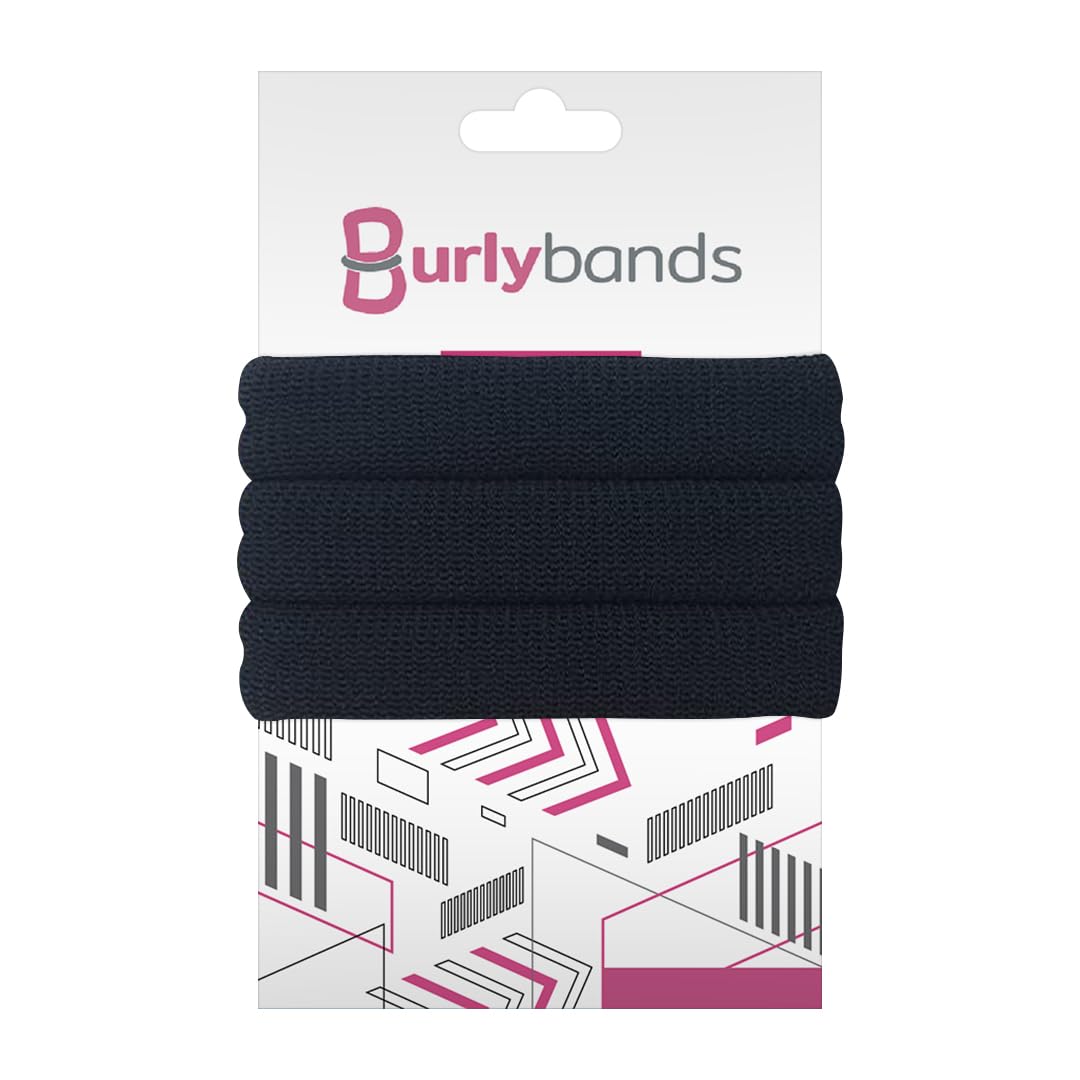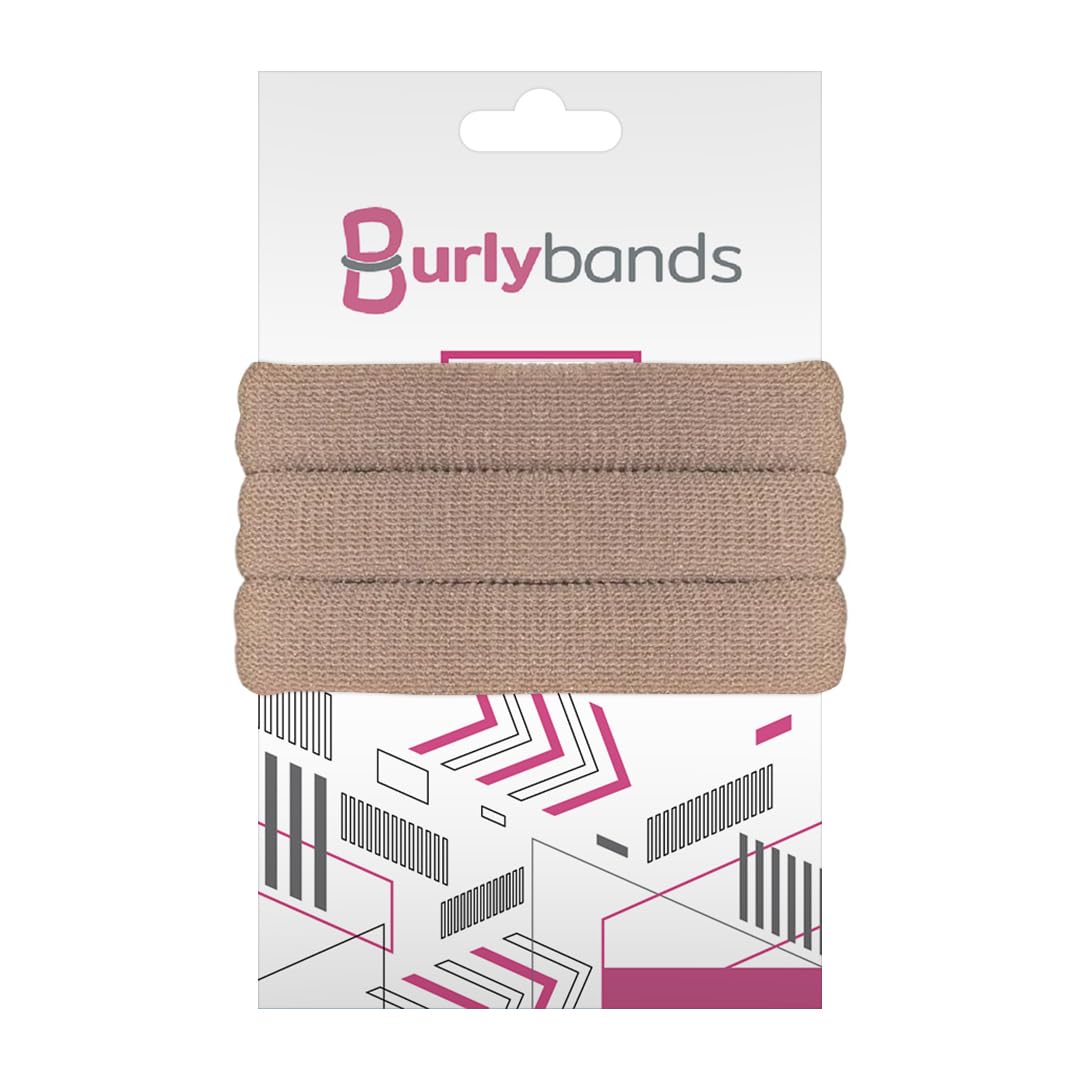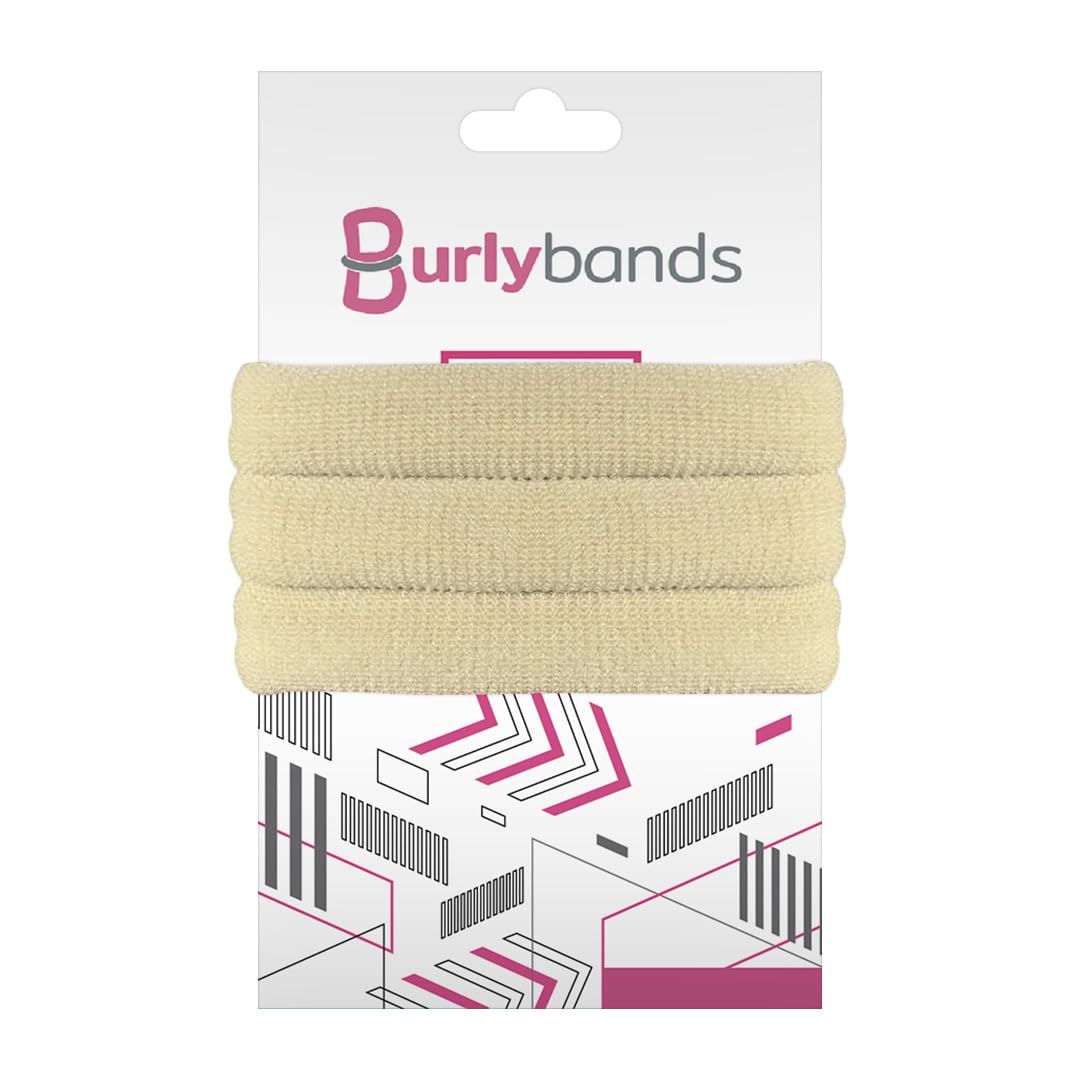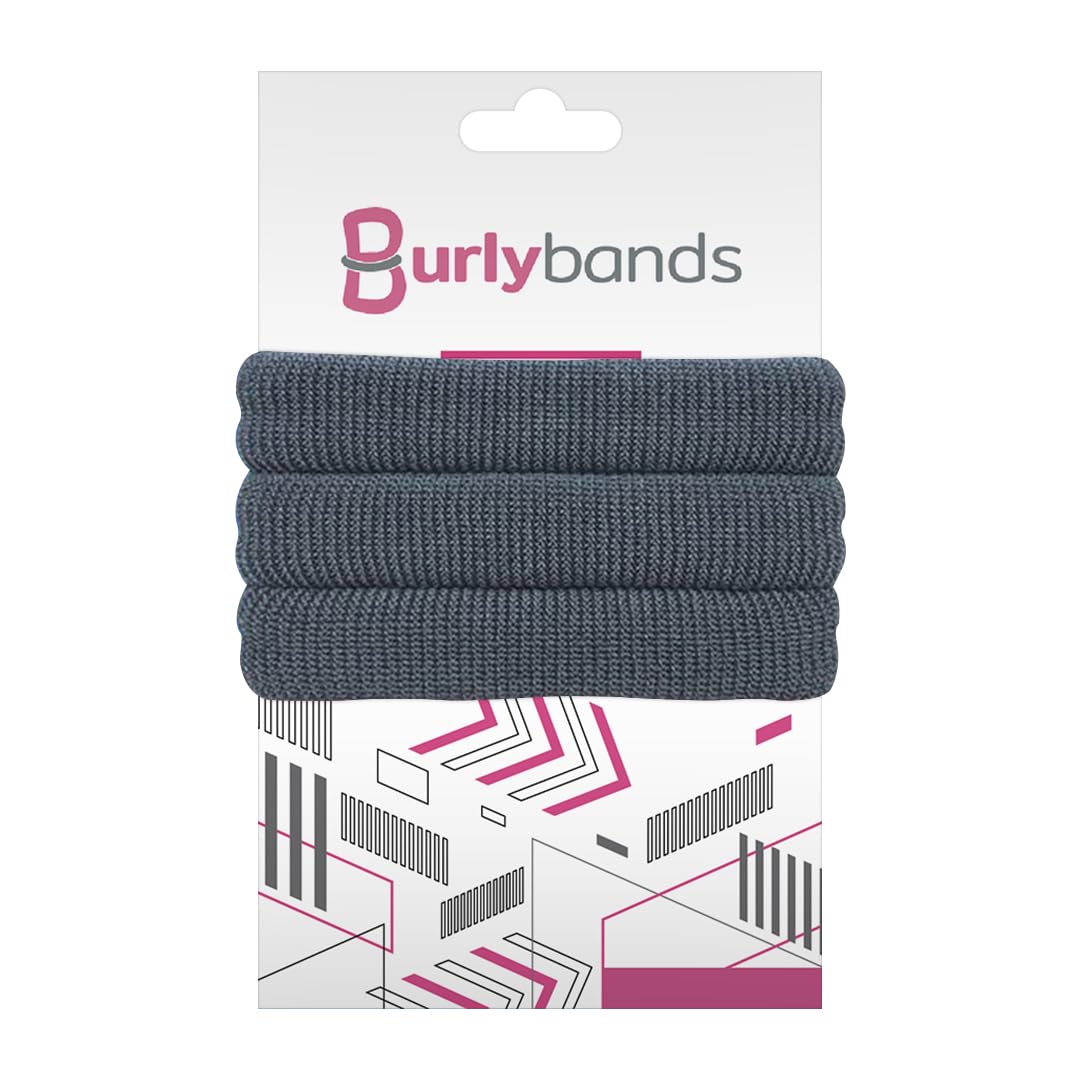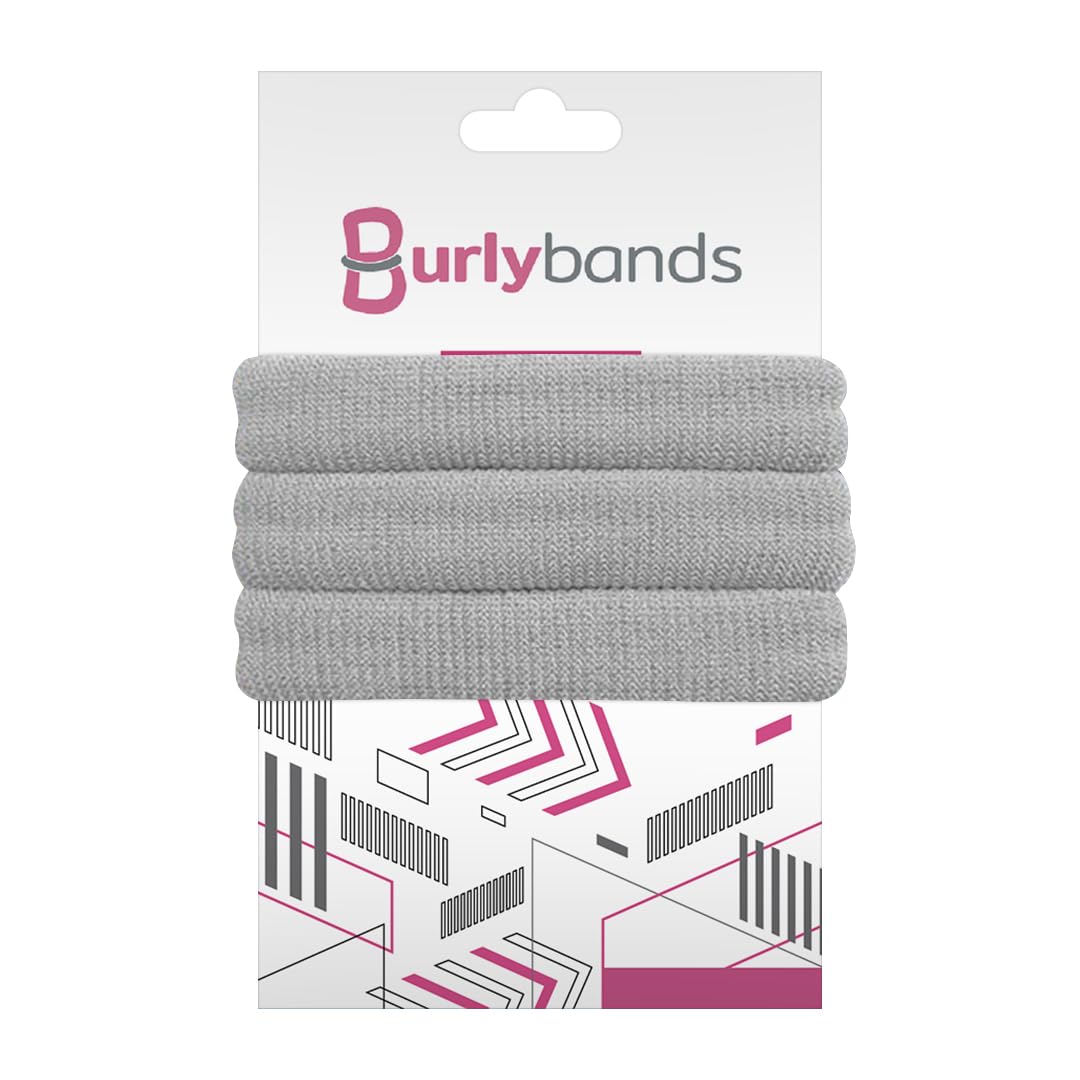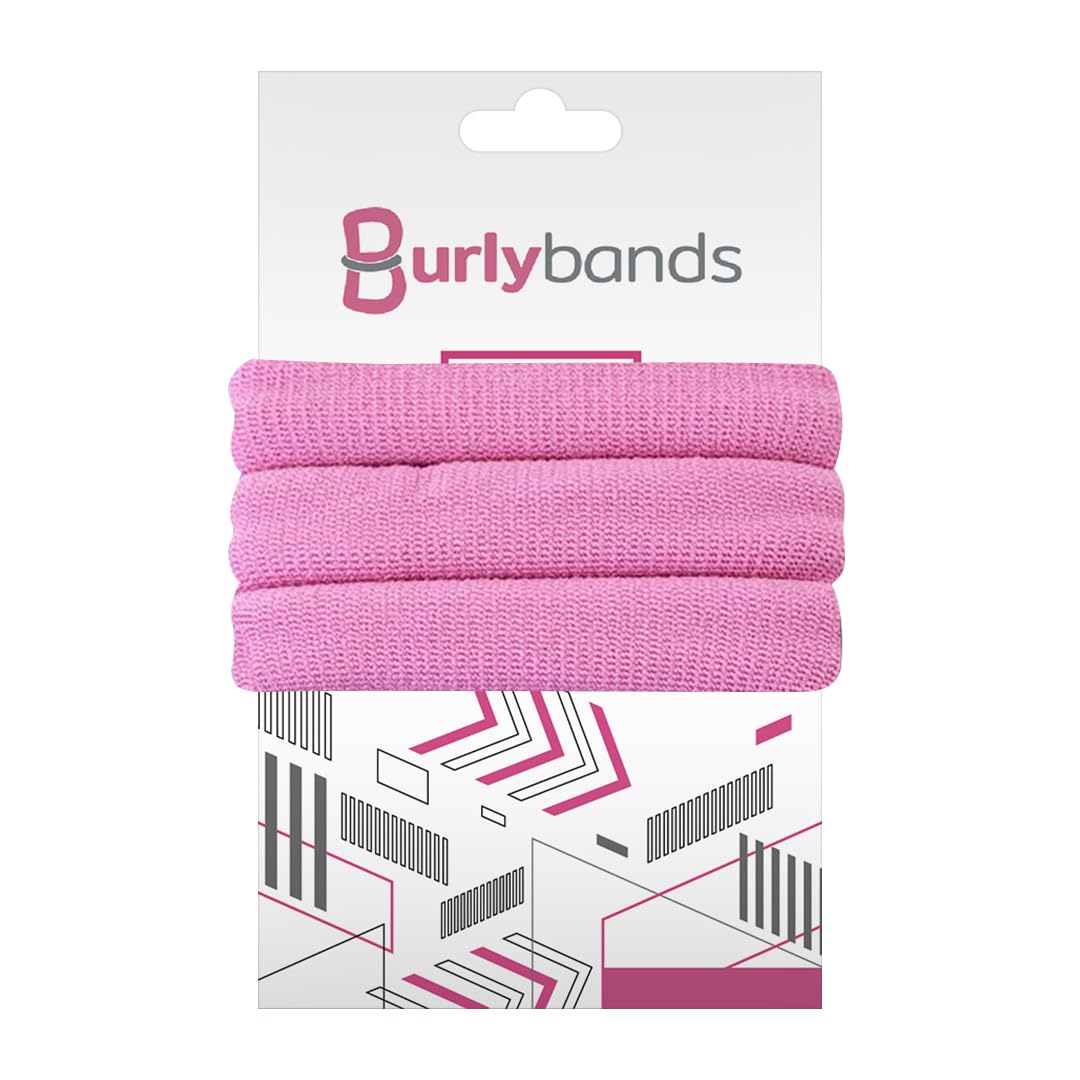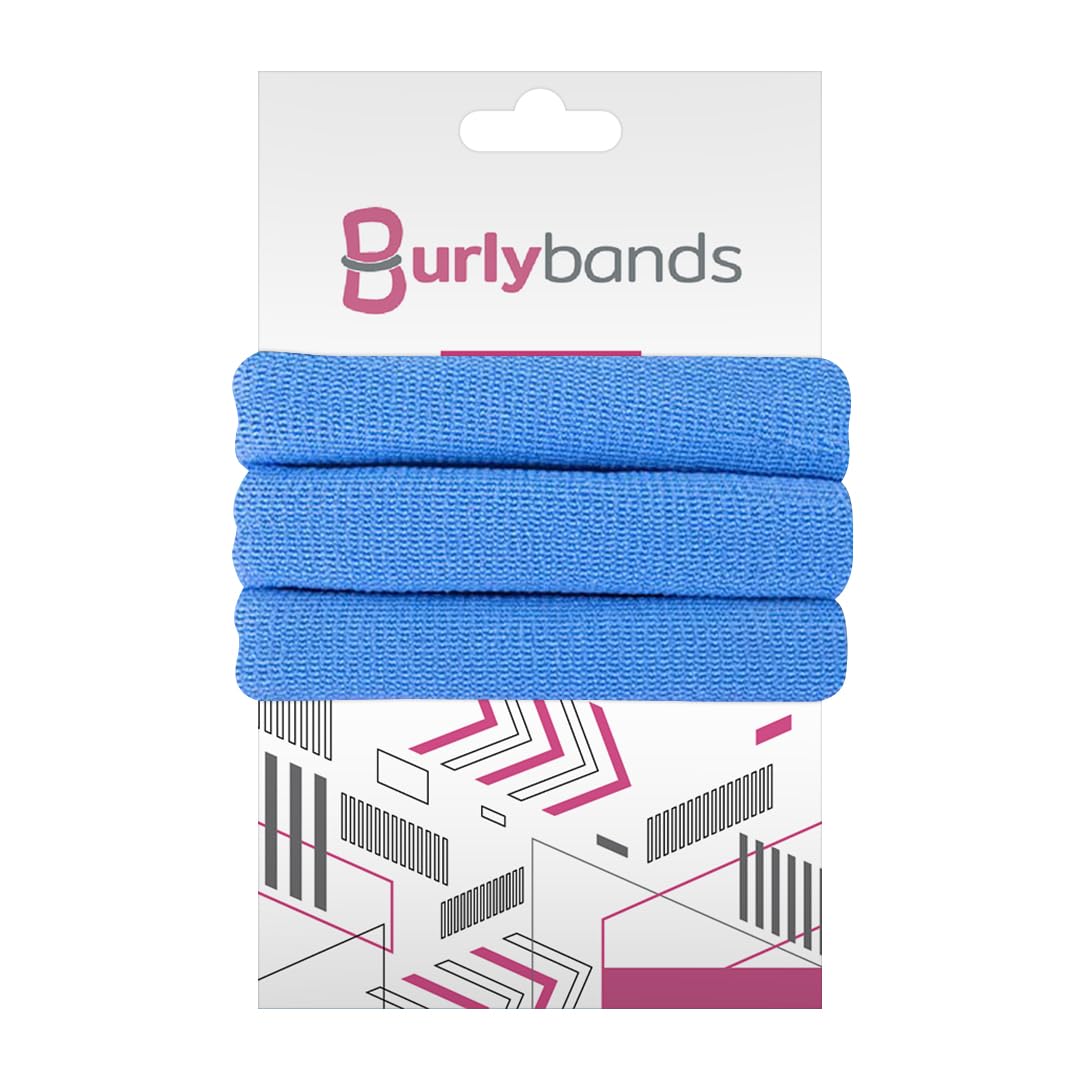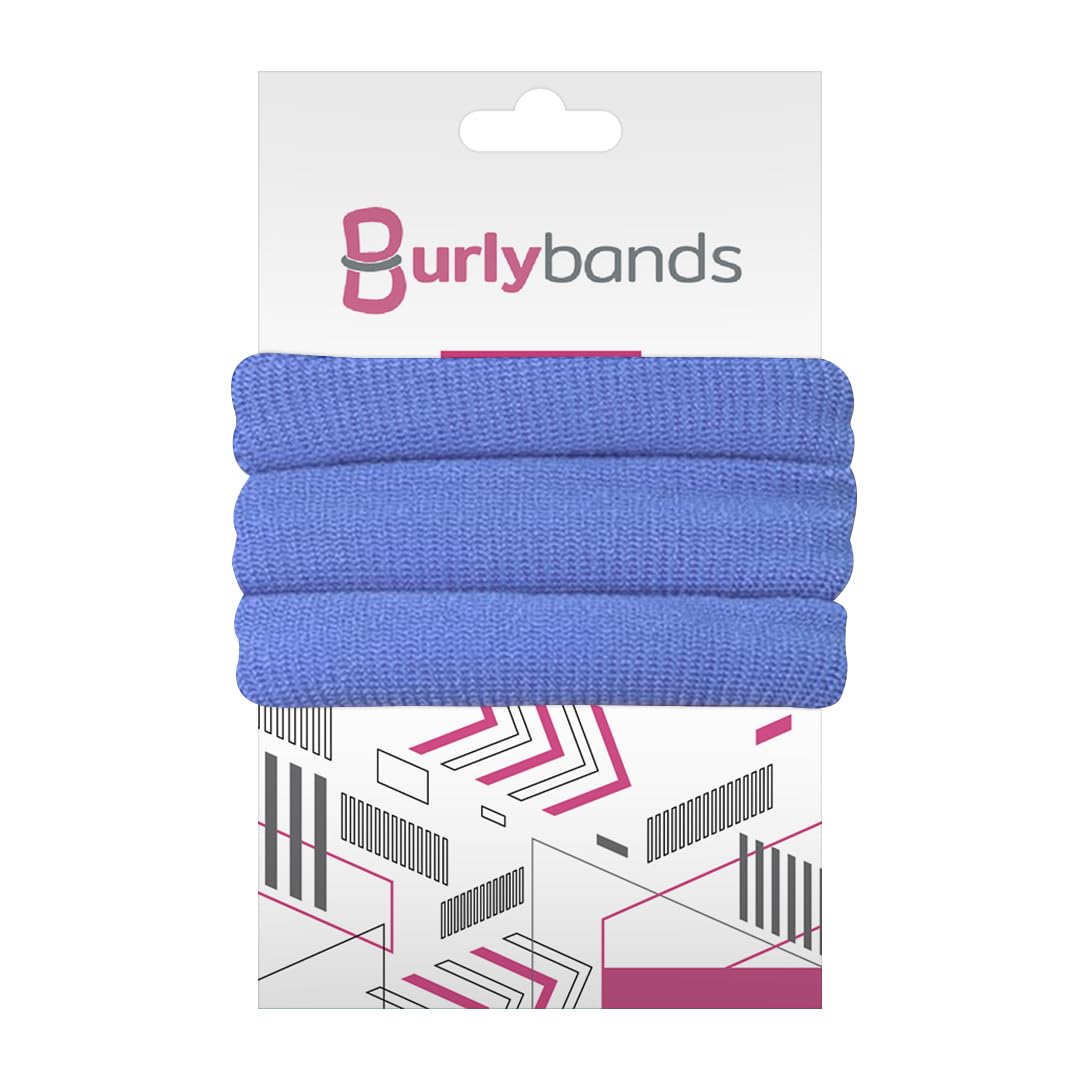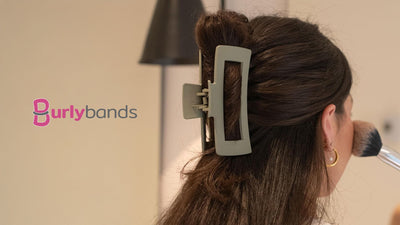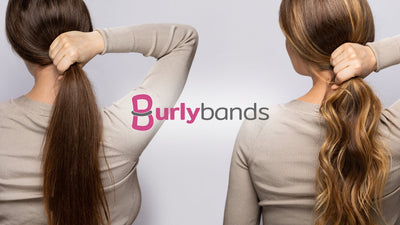For as long as people have had hair, we have been trying to figure out how to pull it back. Hair ties have been around for a while and are not going to leave us anytime soon. The hair ties we use now are the product of numerous modifications and advancements made to these practical items. In this blog, we will go in-depth into the history of hair ties. Let's get started.
The History of Hair Ties
To understand how modern hair ties came to be, we must first understand their evolution and history.
Early History

Credit: Envato Elements/ Fotoring
Before the discovery of elastic, colored ribbons of fabric were used by women and children in the 1650s for tying hair. Young women would wear brightly colored ribbons as a form of status whereas older women would wear ribbons as a fashion statement. Additionally, fashionable men would commonly embellish their long hair with bows and ribbons.
The Invention of the Snood
The snood was a hair net commonly worn by American women in the 1750s. Although it is not a hair tie, it was used to pull hair back.
It is essentially a netting bag designed to keep the entire length of hair to the nape of the neck. It is often created from knotted or crocheted yarn. The snood was the real inspiration behind the hair net that is currently routinely worn by workers in the food service industry.
The Invention of the Queue
It might surprise you to learn that during the 17th and 18th centuries, hair ties (in one form or another) were mostly used by men as accessories and were associated with masculinity.
During this time, the men of the Manchu ethnic group in Northeast China shaved the front of their faces and wore their hair long, frequently braiding it. This style was imposed on Han Chinese men during the Manchu conquest of China in the early seventeenth century.
Both men and women Han Chinese wore their hair in topknots or buns back then. It was punishable by execution to refuse to wear the new hairstyle, which served as a sign of obedience to their Manchu invaders.
The Manchu people were not the last group to associate hair-tying with masculinity. European men also wore their hair tied back in a hair tie called a "queue," or a "tail." During the time, the style was achieved using a leather strap that was either tied off or fastened with a pin, or a little bag known as a "caul."
The queue lost popularity among the general population as men began favoring shorter haircuts, although it continued to be the standard military hairstyle in most of Europe long into the 1800s.
The Invention of the Hair Elastic

Credit: Envato Elements/ viledevil
With the discovery of elastic rubber in the 1800s, modern hair bands began to take shape. Thomas Hancock, who is credited with founding the rubber industry, received the first patent for the use of elastic in 1820. But at this time, rubber was mostly used to fasten gloves, shoes, and stockings.
The "elastic loop fastener" wasn't developed and patented until the 1950s by the Massachusetts-based Hook Brown Company. The design combines cloth strands with elastic in a closed loop. The elastic loop fastener was primarily intended for use with garments and footwear, but it was quickly realized that it might serve as a handy alternative to hair ties.
The current elastic hair ties that we are familiar with today evolved and changed after the invention of the elastic loop fastener. The modification was necessary since the traditional elastic rubber bands had a tendency to pull and tug hair, resulting in discomfort and even hair loss.
Today, elastic hair ties are being used by men and women of all social classes and economic levels to hold their hairstyles in place. The modern hair tie and hair band are the pinnacle of hair freedom.
The Comeback of Scrunchies

Credit: Envato Elements/ sablyaekaterina
The scrunchies are a far more recent development in hair ties. Despite being created in 1986 by pianist and nightclub singer Rommy Revson, it fell out of favor by the end of the 1990s. But scrunchies have made a comeback and are once again popular. A scrunchie is an elastic band that is enclosed by a colorful fabric. Even though this particular ponytail holder is as flexible as a rubber band, it likely won’t hurt you if it breaks which is probably why it is so loved.
Summary
Hair elastics have persisted throughout history and into the current era since they are both aesthetically pleasing and functional. The biggest difference between modern hair accessories and those from ancient times is the materials they are made of. If you are familiar with the rich history of hair ties, you will be able to appreciate them much more.
If you want elastic hair ties that won't tug and pull your hair like the elastics in the past, make sure to check out Burlybands hair ties.
 Log in
Log in


